Everything You Need to Know About Creaming Butter and Sugar
Answers to the most common questions about creaming butter and sugar
Your cakes ended up dense and flat, but you have no idea why. You looked back on the recipe and did everything correctly, or so you thought. If the recipe said to cream butter and sugar, it’s most likely that the butter wasn’t creamed correctly. So, how do you cream butter and sugar the right way?
When a recipe says to cream butter and sugar, it’s telling you to quickly combine butter and sugar until light and fluffy. You do this by mixing softened butter and sugar with a stand or hand mixer at a moderately high speed. As the two ingredients whip together, the sugar starts to dissolve, creating tiny air pockets within the butter. These tiny bubbles of trapped air puff up cakes and other baked goods, creating lighter, fluffier, and moister desserts.
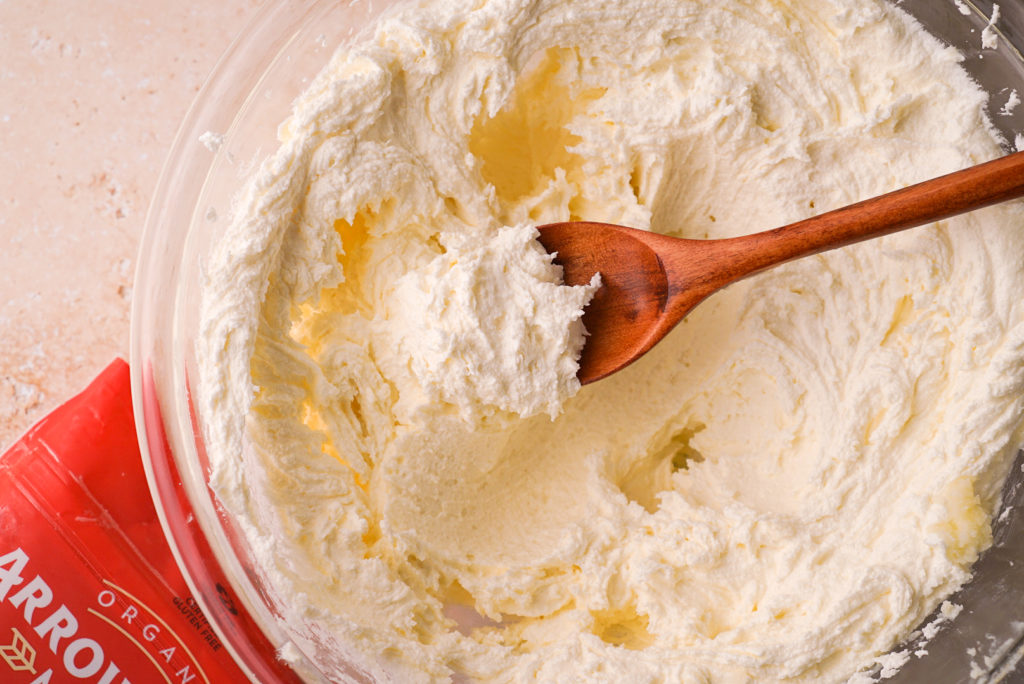
Creaming butter and sugar is an essential technique to master, especially when the recipe doesn’t contain any other form of leavener like baking soda or baking powder. It sounds like a simple task, but many factors can determine how well you’ve aerated your butter. So let’s get into the details.
Does the temperature of my butter matter?
The temperature of your butter is critical when creaming butter and sugar. Too cold, and your sugar won’t properly dissolve into your butter. Too hot, and your cakes will end up flat and greasy. The magical temperature of softened butter is actually around 65℉, slightly cooler than the ambient temperature of your home. When a recipe says to have butter at room temperature, they mean between 60-65 degrees Fahrenheit. Anything more or less than that, you start teetering on the side of possible disaster. You know your butter is at the right temperature when it’s slightly cool to the touch, and you can press an indentation with your finger without quickly going through it.
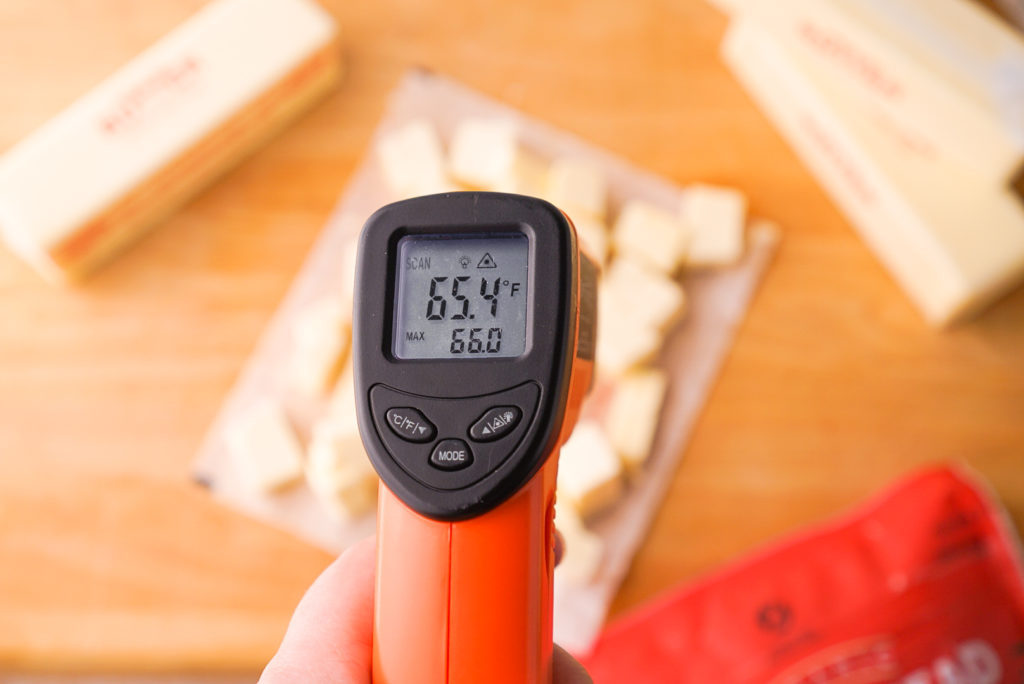
I forgot to take my butter out of my fridge!
You start making a recipe and realize your butter is too cold. What are you supposed to do? No worries, we’ve got some great tips on how to soften your butter quickly.
- You could leave your butter on the countertop for one hour if you have the time.
- You can place your butter between two sheets of wax or parchment paper. Then, press down on the butter with a rolling pin and roll it out once it softens.
- You could grate your cold butter, making it easier to get to room temperature. Be careful, though; it can melt this way quickly.
- You can pour boiling water into a cup and wait a few minutes. Then, dump the water and place the warm cup over your butter until it’s at the proper temperature.
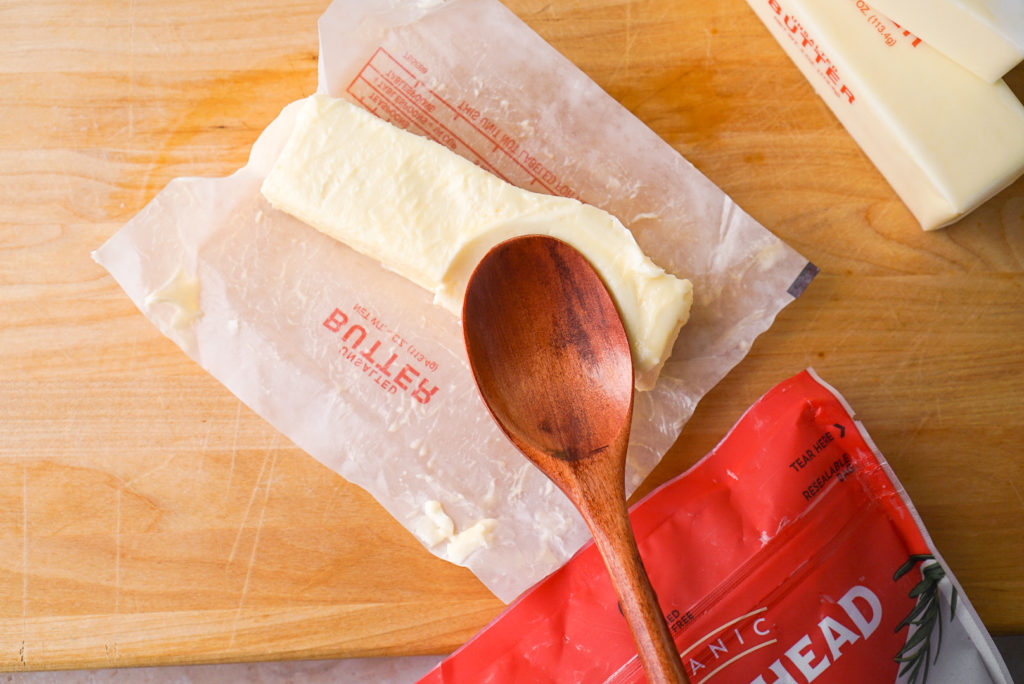
Do I use salted or unsalted butter?
Salted vs. unsalted butter doesn’t change the effect of the creaming method. However, it does affect your baked goods’ final level of saltiness. Professional bakers always recommend using unsalted butter, so you have more control. If a recipe doesn’t specify, it’s most likely unsalted. You can reduce the amount of added salt in a recipe if all you have is salted butter.
Can I use any other fat other than butter?
The short answer is yes! You can undoubtedly use shortening, lard, or other fats. But, keep in mind that temperature is still critical. Other fats are also better or worse at trapping air which can result in different levels of texture in your final baked goods. Our suggestion is to experiment and have fun with it. Find which fat you prefer!
Does the type of sugar affect the final bake?
Yes, the type of sugar you decide to use will affect the final bake. The size of the crystals determines the amount and size of the air pockets it creates. Superfine sugar is perfect for cakes that call for a delicate texture. Granulated sugar seems to be the standard in most recipes, so that’s what we suggest. But castor and brown sugar also work well for this method. The only thing we don’t recommend using is powdered sugar.

Do I need to use a stand mixer?
You could certainly cream butter and sugar without a stand mixer. It will take a good amount of elbow grease, though. If you don’t have a stand mixer, a hand mixer will work just as well. If you don’t have either of those, that’s okay! Here’s how to cream butter and sugar using common kitchen tools:
- Add your softened butter and sugar to a bowl.
- Gently mash the butter with a fork until mostly combined.
- Using a wooden spoon, mix until light and fluffy, scraping down the sides of a bowl with a spatula as needed.
Do I cream butter and sugar for the same amount of time for cookies?
Ultimately, that’s up to you. The amount of creaming you do will determine the final texture. Creaming butter for longer will result in more cake-like cookies, whereas creaming butter for a shorter period will create a flatter, chewier cookie. Of course, both cookies are lovely in their own means, so it really depends on what you’re going for. That said, when baking a cake, we recommend creaming for a full seven minutes.
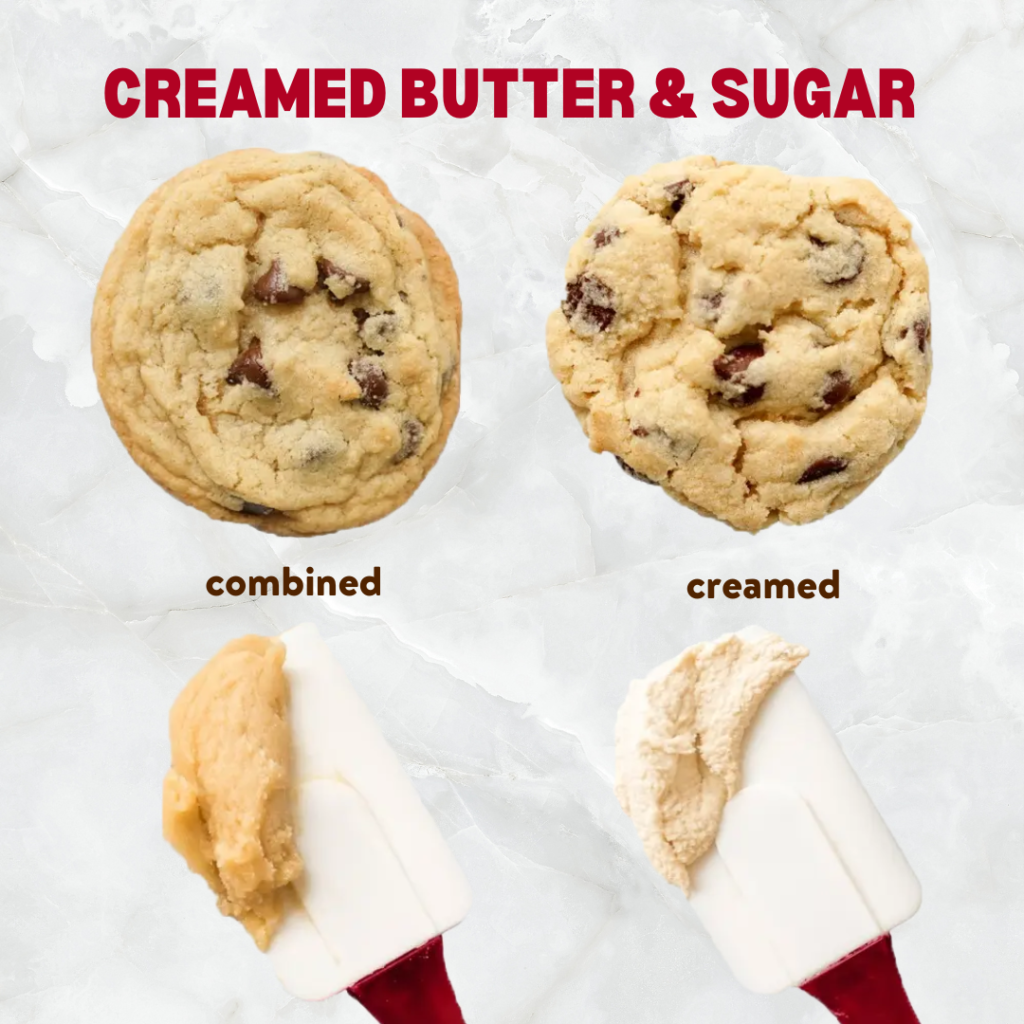
How do I know I’ve creamed my butter and sugar long enough?
Butter goes through phases when in the process of being creamed. It will go from dark yellow and grainy to very light yellow, fluffy, and the sugar will feel mostly dissolved. It’s better to know what stage you’re in vs. the amount of time you’ve spent creaming. This is because your mixer’s speed and the butter’s temperature will whip at different rates. Here’s how to tell what stage you’re in and the average time it takes to reach each one:
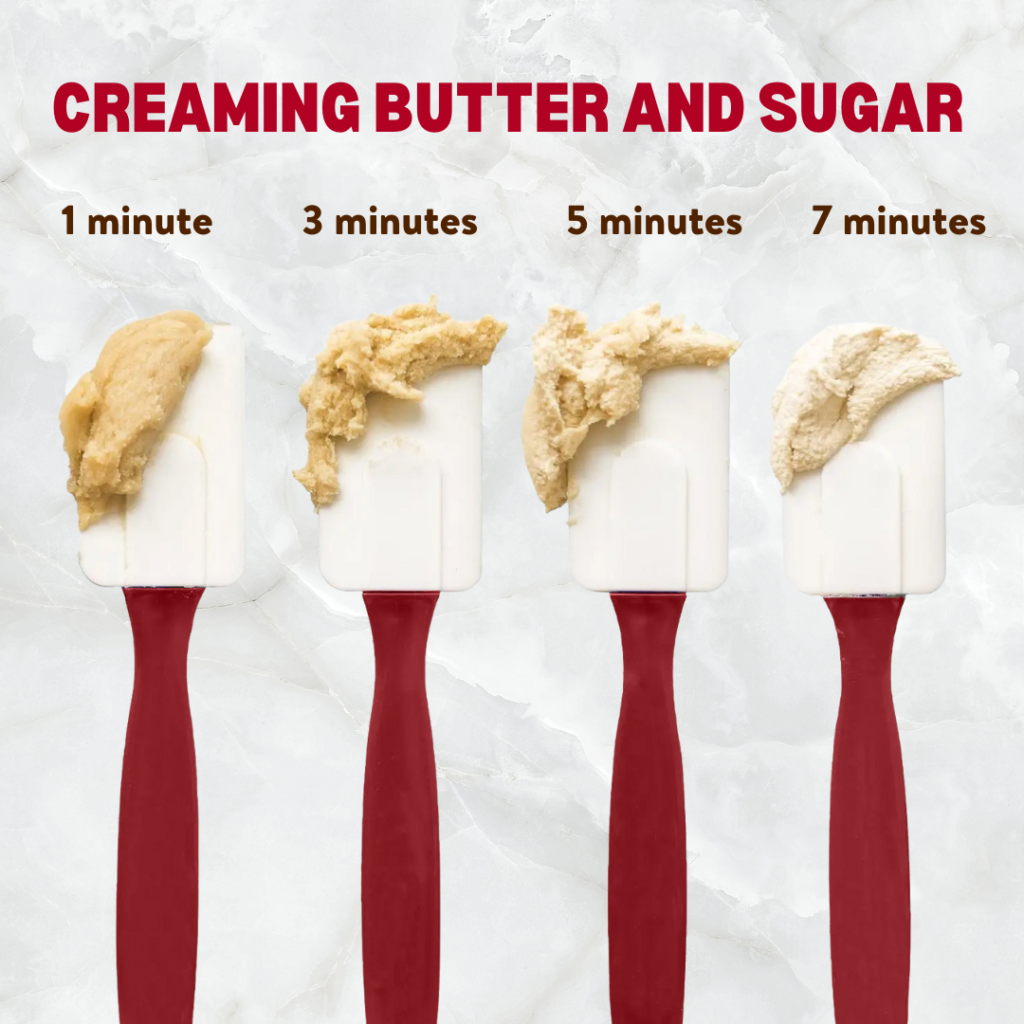
Phase 1 (1-2 minutes)
Dark Yellow
Grainy
Dry Sand
Phase 2 (3-4 minutes)
Slightly lighter in color
Grainy
Wet Sand
Phase 3 (5-6 minutes)
Light yellow
Fluffy
Slightly grainy
Phase 4 (7-8 minutes)
Very light yellow
Extra fluffy
Sugar will feel mostly dissolved
Can you over cream your butter?
You sure can! You know you’ve gone too far when your butter surpasses the fourth phase and splits back into a grainy texture. If you’ve reached that far, you can add ground cinnamon and use that as a spread for toast or pancakes. Then, start over using new butter and sugar before continuing with your recipe.
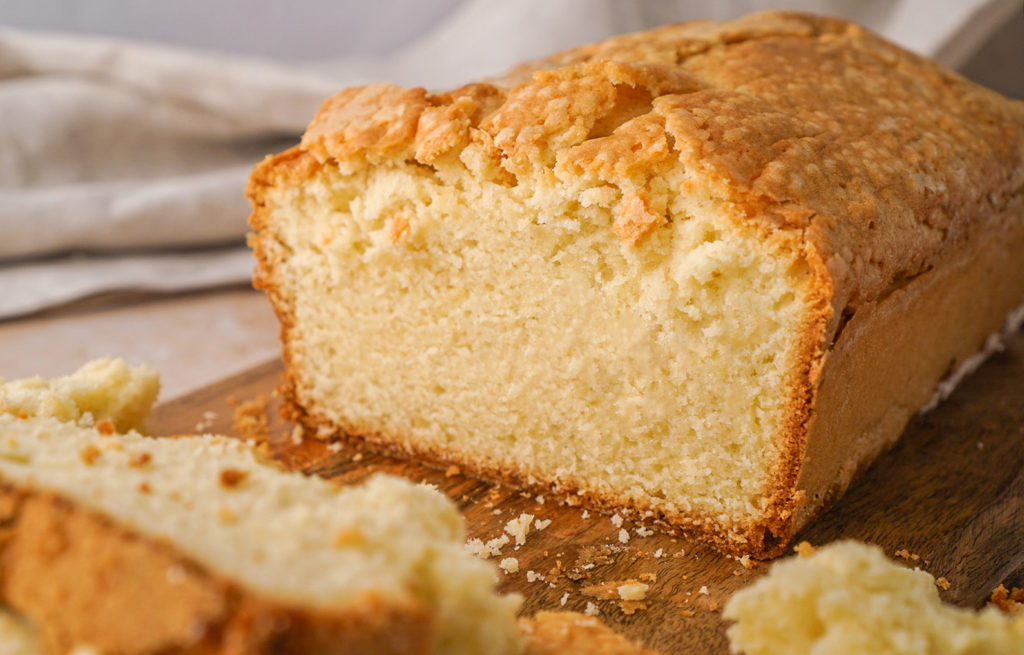
Long story short, creaming butter is an essential technique every scratch baker should know. Convert your dense, flat cakes to moist, well-risen, professional-grade delicacies! All it takes is the right temperature, a little bit of patience, and some knowledge. Let us know how creaming butter and sugar has helped your baking!
 VIEW ALL PRODUCTS
VIEW ALL PRODUCTS 
